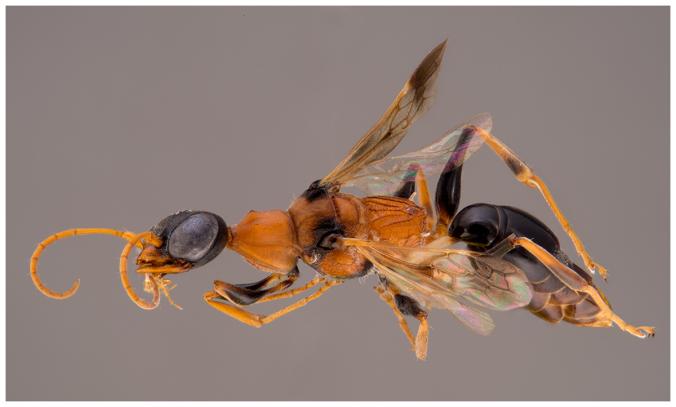
Parasites may seem too gross or too wicked to be worth saving from extinction. Or they may just seem so skilled in their sinister arts that we don’t have to worry about them, since they’ll always find a new victim.
In fact, parasites warrant our concern, right along with their hosts. That’s not to say that we’d better off if smallpox or rinderpest were still running wild. But letting parasites hurtle into oblivion due to our ecological recklessness is a bad idea. Continue reading “Save the Zombie-Makers!”